Table of Contents
Introduction
Leadership and productivity are linked in many direct and indirect ways.
The team’s overall leadership and individual leadership of each team member greatly affect productivity.
Good leaders gradually create an environment where their teams can perform at their best.
Bad leaders take a good team of capable and talented people and hinder them so much that they can no longer be productive.
Did You Know?
Only 11% of employees strongly agree that their leaders communicate effectively.
How can you make sure you are a good leader?
Effective leaders create a positive environment that makes their teams highly productive over time.
On the other hand, poor leadership cripples even good teams with great potential, drastically reducing their productivity.
The key is learning to be a leader that enables your team’s success rather than hindering it.
Read this blog post to learn the best leadership strategies to keep your teams aligned, engaged, and productive.
Let’s dive in.
What Do You Mean By Leadership Strategy?
A leadership strategy involves a plan that leaders can use to guide and motivate their teams to work toward the organization’s goals.
It helps the company’s culture and values match its ideas and impact, creating a strong influence on people’s minds and emotions that has big effects.
An effective leadership strategy provides a clear vision that guides team members and management to success and high productivity.
Simply put, a leadership strategy is a leader’s approach to inspiring their team, aligning everyone with the company’s mission, and driving progress toward achieving important goals through their guidance and motivation.
It creates a shared mindset and purpose that propels the team forward productively.
Understanding The Importance Of Leadership Strategy
Imagine driving to a new place without a map or directions. You would probably get lost without any guidance.
Similarly, without a clear vision, knowledge, and feedback, it would be impossible for an organization to achieve long-term success.
With a well-planned leadership strategy, it becomes easier to lead teams, assign responsibilities, and create an innovative work culture.
From setting expectations and engaging employees to increasing their productivity, effective leadership can positively transform teams and individual team members.
Let’s look at the advantages of having strong strategic leadership skills to help you become a better manager.
1. Drives results
An effective leadership strategy is very important for successfully carrying out multiple organizational plans and strategies.
Good leaders can create the right environment for their team members to achieve and even exceed the organization’s goals.
They actively work towards specific outcomes, track progress, and allow team members to improve their performance. Leaders can use performance management tools like Workstatus to track team productivity, monitor billable hours, and gain insights into employee performance.

These tools provide data-driven visibility to optimize workforce efficiency and drive better results.
2. Attracts and manages talent
The most important ability of a good manager is to find and keep talented people.
The right leadership approach will help spot the best talents and motivate them to do their best.
Good managers are known for being able to create and how to lead teams that perform at a high level.
3. Influences behavior
Strategic leaders will predict future trends, influence their team members, engage them, support them, and give them the power to respond to market, industry, and customer preference changes.
In any business, the leadership strategy is a major factor that shapes how people behave.
An effective leader looks ahead to the future, makes the ultimate decisions, collaborates with others in their field and other leaders, and guides the team in developing plans for reaching the business goals.
Top 6 Leadership Strategies To Improve Team Productivity
Here are the six best leadership strategies you can implement to improve the performance of your team:
1. Define your vision
The main responsibility of leadership is to understand the overall situation, look at it from all perspectives, and clearly explain the company’s strategy.
Don’t just create a detailed plan or set targets. You can also talk about the future vision that will get your stakeholders and employees on board.
Have a clear vision that includes the company’s long-term goals and inspires teams to work towards those bigger-picture goals.
If your team believes in your vision, they’ll do everything possible to make it a reality. Build a team culture where everyone can see your vision being implemented.
Give team members the opportunity to visualize the positive impact they are having.
2. Recognize everyone’s work and achievements
Recognition makes people feel valued. Celebrating when team members go the extra mile shows you value their commitment.
Don’t forget “what gets rewarded gets repeated.” Positive reinforcement works.
For example, tell customer reps they’re doing great and helping the company. Share customer praise with the team.
Remind your team how crucial they are and why you need them. It will energize harder work and enthusiasm.
3. Communicate effectively
Communication is important not only for project leaders but also for anyone who wants to be successful.
You must communicate your vision, the business plan to get there, and how each person will contribute to the company’s goals.
In fact, the best organizations have a culture of active two-way communication. This encourages the open sharing of ideas and promotes greater collaboration.
An organization that communicates well with its employees sees positive results in staff engagement levels.
4. Lead by Example
A leader sets the standard for what is and isn’t okay within the organization—and no rules or policies are more powerful than this. To be a better leader, be aware of how much impact your own behavior has, and behave how you want others to behave.
For example, a good leader will make decisions in the way they want other executives in the company to make decisions.
How engaged, satisfied, and motivated employees feel is directly connected to their experience with their direct managers.
Good leaders make people feel safe, included, and satisfied with their work.
5. Anticipate What Could Happen
Once you can clearly explain your vision, look at it from a wider view and identify any potential challenges or new innovations your business might face soon.
Then, think about how to get ready for those roadblocks, deal with them, or take advantage of the potential opportunities out there that you could focus on.
If you can successfully anticipate opportunities and roadblocks in advance, you’ll be better prepared to navigate the future landscape than your competitors.
Be Willing to Change and Make Tough Decisions
In 2010, Domino’s felt they were not meeting customers’ expectations.
They were struggling with the following issues:
- Low sales
- Poor stock price
- Ranked last in consumer taste rankings
To solve this problem, Domino’s decided to face it head-on. Over the next few years, they did the following:
- Ran innovative marketing campaigns
- Added new locations
- Live-streamed customer reviews
- Improved their online ordering
And they had changed their recipe too.
In the next 12 years, their stock price went from $11 to $260.
This is a great example of leaders making tough decisions to turn a company around.
You can do the same as a leader.
Know your goals, create detailed strategies, and develop work processes for your staff. When you see a need for change or tough decisions, don’t shy away from it.
Workstatus: Helping Leaders To Optimize The Team’s Performance
Workstatus is a software tool that helps companies track their teams’ time, productivity, and performance.
For managers and leaders, Workstatus provides several key features to optimize their team’s performance:
1. Time Management
Employees can easily track their time on tasks and projects using Workstatus’s simple timers.
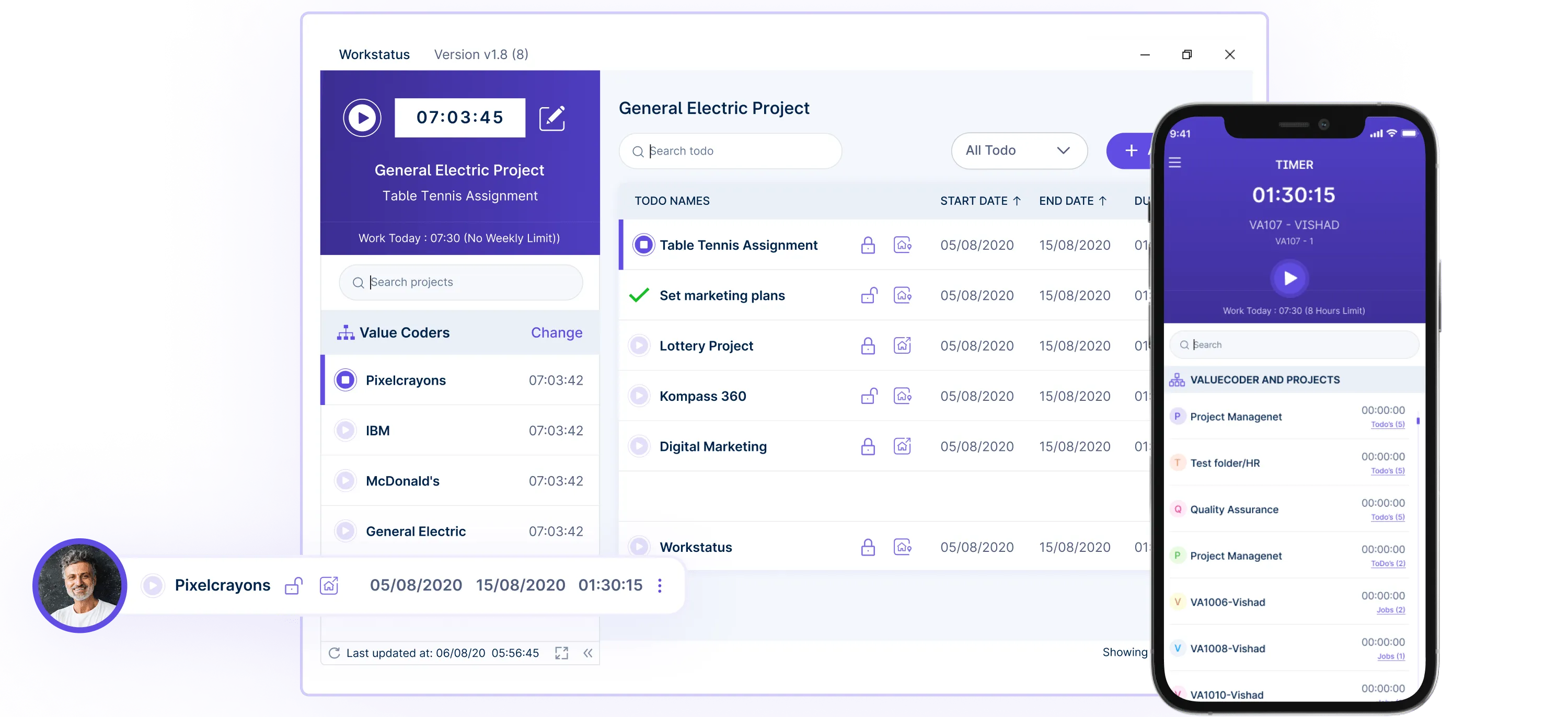
It gives managers clear visibility into where time is being spent. This data helps verify that billable hours for accurate billing.
2. Activity Tracking
Managers can view active screenshots as proof of work. Also, you can manage apps, URLs visited, and more during work hours.
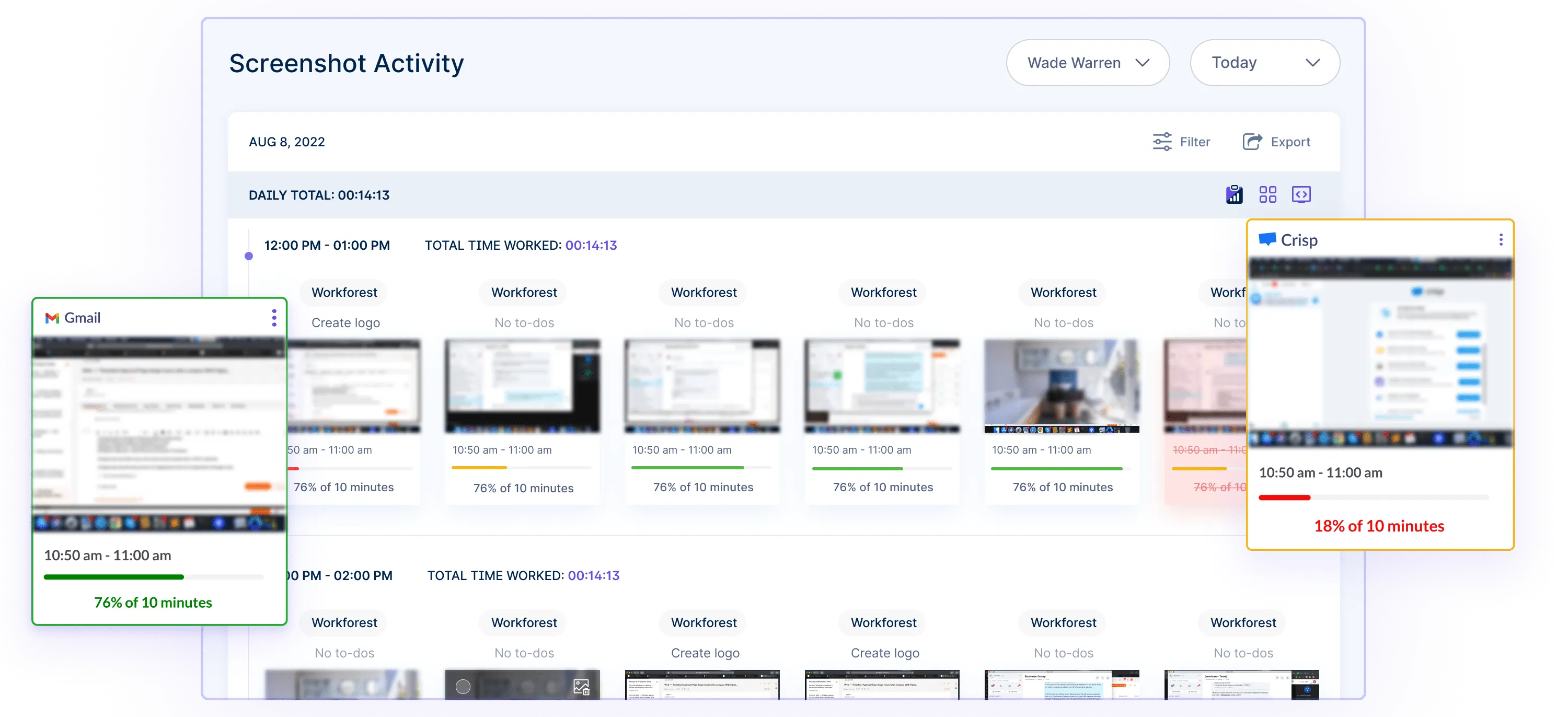
It helps ensure employees stay focused and productive.
3. Reporting & Analytics
Detailed reports show hours tracked, productivity levels, attendance, and more for individuals and the whole team.
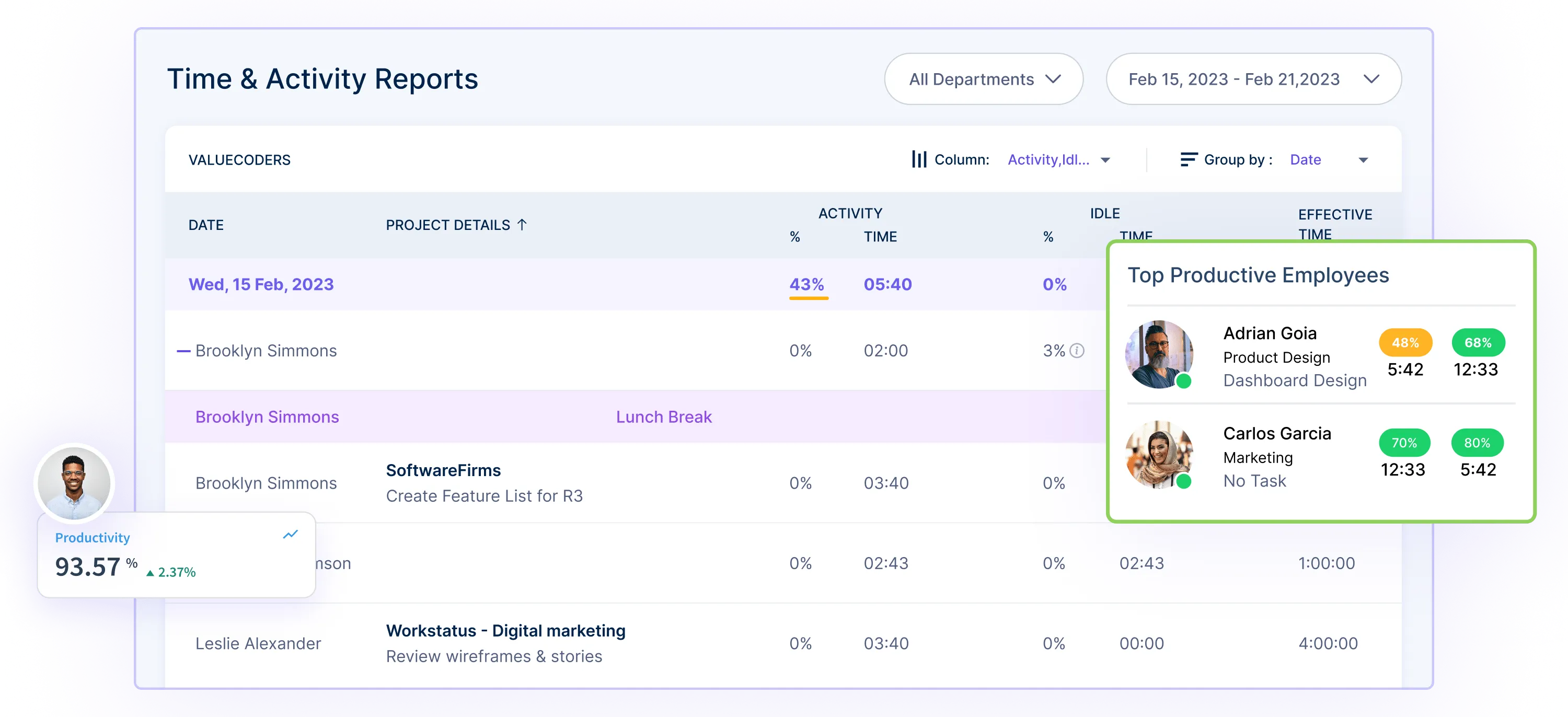
Managers can analyze this data to identify performance issues or top performers.
4. Project Management
Workstatus lets you create projects and tasks that employees can track time against.
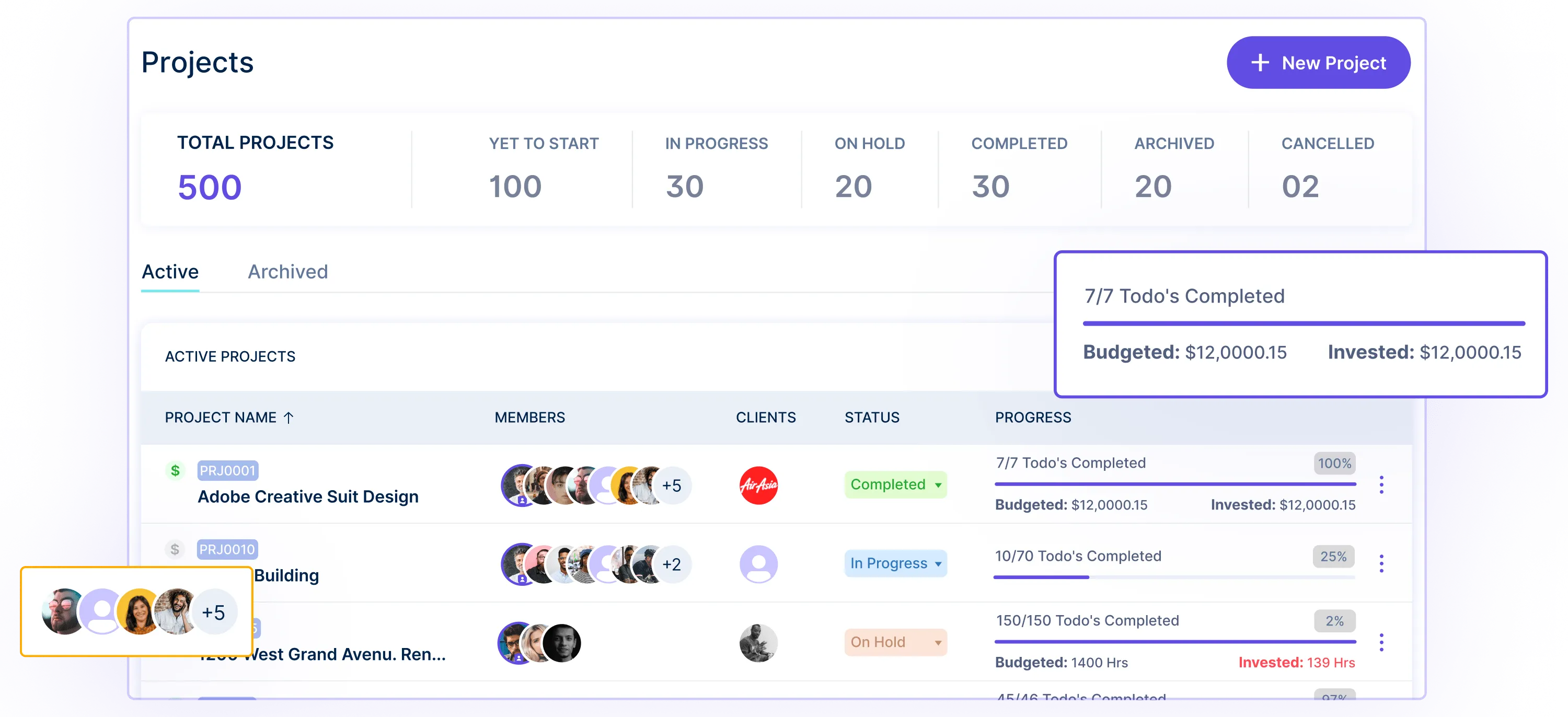
This connects hours worked to specific outputs. You can also integrate Workstatus with other project management tools such as Zoho, Trello, and more
5. Online Timesheets
Employees submit timesheets online which managers can review and approve with a few clicks.
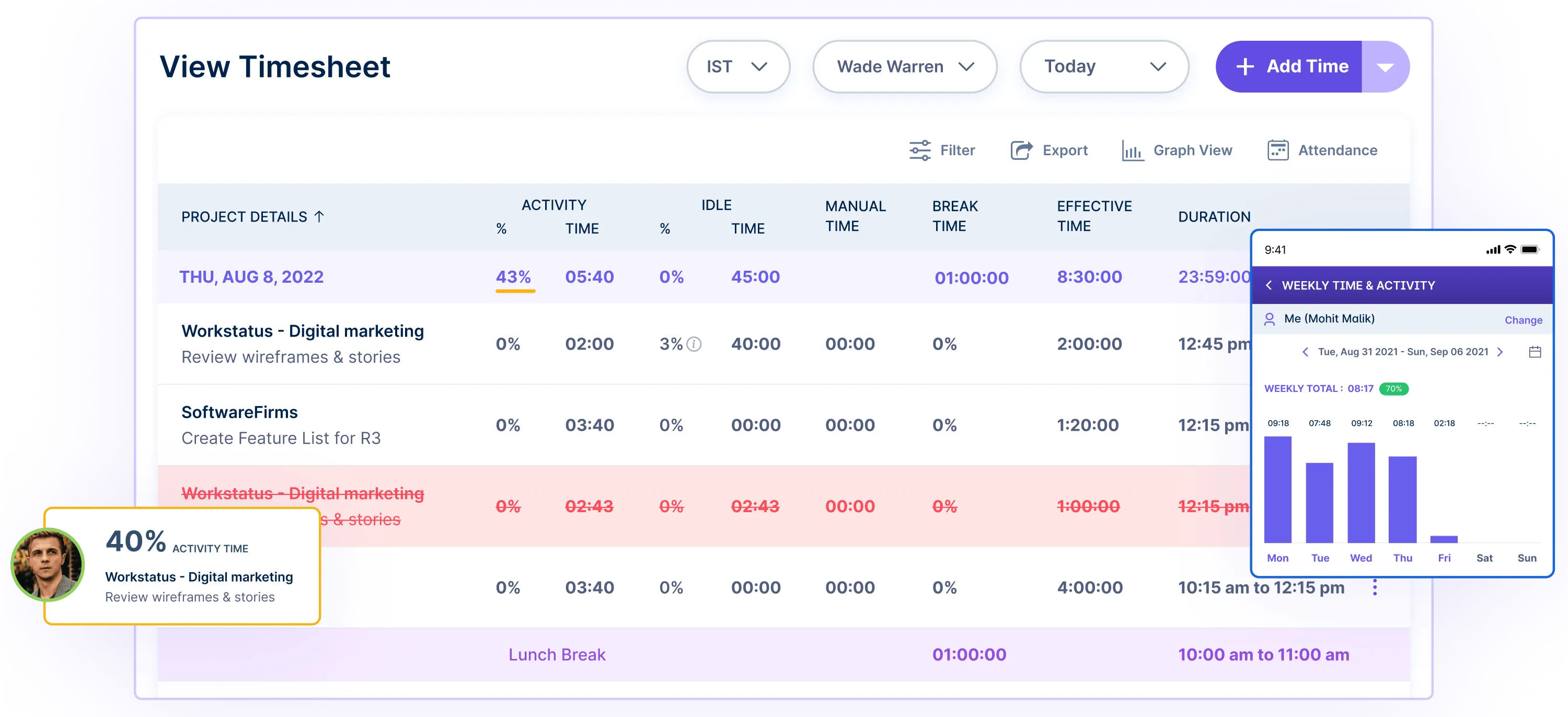
You don’t have to rely on manual timesheets and eliminate errors from your payroll system.
Closing Thoughts
To be a better leader, frequently review your strategies and measure the progress to see if you’re achieving the results you planned for.
At the same time, use project tracking software like Workstatus to monitor, manage, and prioritize your organization’s and teams’ performance. Calendars, reminders, calendars, and timezone support ensure you always stay on top of everything.
Empower your team and efficiently manage your own projects with Workstatus.
Become the leader you were meant to be.
Sign up for Workstatus for free and get started today.
FAQS
Ques. What are the five qualities of a good leader?
Ans. A good leader is a person who can empower and inspire others to achieve great things. They are trusted and have a strong desire to help those they lead to higher goals. To be considered an effective leader, there are five qualities that you must possess:
1) Ambition- A good leader is ambitious. They have a burning desire to accomplish something and aren’t afraid to take risks in order to reach their goals.
2) Competence- A great leader has confidence in their abilities and is willing to do whatever it takes to get results. They are not afraid of making mistakes but instead use them as learning opportunities.
3) Dedication- A good leader is dedicated to their cause and those they lead.
4) Integrity- A good leader is honest and trustworthy. They do what they say they will do and don’t make promises that they can’t keep.
5) Inspiration- A good leader inspires others to achieve great things. They give their followers hope that anything is possible if you work hard enough to achieve it.
If you want to be an effective leader, you must possess these five qualities to lead your team to success.
Ques. What are the five leadership traits?
Ans. Leaders should have the following five traits to be successful leaders.
1) They focus on results
2) They make things happen
3) They’re positive
4) They take responsibility
5) They get things done
These traits make leaders effective and employees happy at work to achieve their goals. When you are a leader, it is essential that you set an example of being positive and getting things done. The best way to do that is by doing your job with passion, enthusiasm, and positivity in order to motivate your team members.
Ques. What is the importance of leadership?
Ans. We all have dreams, goals, and accomplishments that we want to achieve. The purpose of leadership is to help us reach these milestones. A good leader should possess certain qualities that are valuable to an organization and its members. Some of them are mentioned below:
1) Good leaders guide followers by providing them with experience and strategies which motivates followers to be more productive and advance their skills. This can increase the productivity of employees and the company as a whole.
2) Good leaders have good communication skills and know how to explain complicated things in simple ways. A leader’s communicative skills help people better understand their roles, responsibilities, goals, and strategies.
3) Leaders should be organized, responsible, and possess a high level of integrity. This is very important as it helps team members trust them, which is very crucial for the smooth functioning of an organization.
With these three important of leadership, you can learn more about your potential to become a good leader.
Ques. Why is leadership important in the workplace?
Ans. To put it simply, the better the leadership, the better your organization. The goal of an effective leader is to provide the right environment in which employees are motivated and empowered to do their best work. When that happens, both parties succeed.
Without leaders, there would be no motivation. No positive feedback to reward excellence and no consequences when things go wrong. Everything would be chaos. Companies with ineffective leaders are less successful in their marketplace.
To keep up with rising competition and a changing business landscape, companies need effective leadership more than ever before to remain competitive and profitable.












